by Nathaniel R
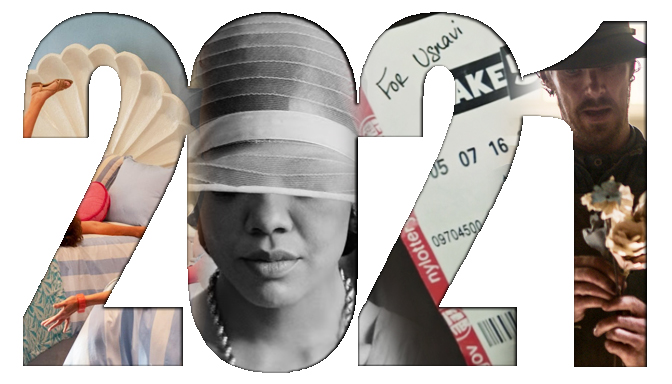
Movies are not quite keepsakes anymore with physical media dying. Yet they remain emotional treasures to return to or reflect upon as real as any beloved mementos you could place in a keepsake box. For awards and list obsessives they take on extra-meaning as stand-ins for each calendar year as well. We have to have a gimmick for the top ten lists each year, else the task of putting so much love into words becomes too daunting. So this year we've chosen memorable objects as a frame with which to remember the year's best. These great films were filled with fawned over items and knick knacks from "purty" paper flowers to restless coffee cups, from razor-sharp seashell bracelets to winning lottery tickets, from horny religious figurines to magical belts.
20 HONORABLE MENTIONS
So that you don't immediately ask "WHERE IS ____?" here are the 20 films outside of the top 10 list that were loved and/or deeply admired. Plus, in keeping with the chosen theme, the visual object we most closely associate with them...
- C'mon C'Mon (recording equipment)
- Cyrano (the letters, but remarkably not Cyranos... but anonymous soldiers)
- Dance of the 41 (drag gowns for the secret ball)
- Drive My Car (that precious cassette tape of his wife's Vanya recitation)
- Dune Part One (the hunter-seeker)
- Encanto (the holographic shards of Bruno's prophecy)
- The French Dispatch (that impossible to move mural)
- I'm Your Man (Tom himself, the titular "man")
- The Last Duel (those merciless blades in the titular fight)
- The Lost Daughter (that missing dolly)
- Luca (Vespa)
- Mass (the awkward floral arrangements)
- Never Gonna Snow Again (the massage table, naturally)
- Parallel Mothers (the unmarked grave)
- Prayers for the Stolen (and yet more makeshift graves)
- Shang-Chi (the bus -- you can keep the ten rings)
- Shiva Baby (the table of food)
- Titane (the hairpin)
- The Tragedy of Macbeth (the witchy pools of reflection)
- West Side Story (Anita's red belt on Maria's white dress).
SPECIAL MENTION - DOCUMENTARIES OF THE YEAR
Longtime readers will know that I never put documentaries in the ordered "top ten" list. This is not because I find them inferior. It's just that, personally speaking, top ten lists are abitrary and difficult enough to decide upon when comparing apples to oranges. To then add zucchinis to the mix, too?! Neverthless the urge strikes to shout out these two films specifically.
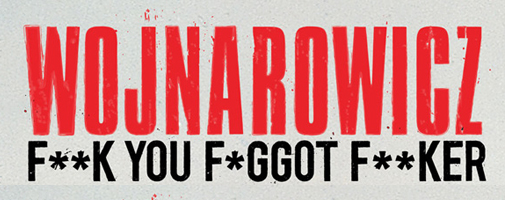
Wojnarowicz: F**k You F*ggot F**ker (Chris McKim, US)
Kino Lorber. March 19th. 108 minutes
Wojnarowicz was my ex boyfriend's favourite contemporary artists so I often leafed through a book of his work, wide-eyed. Here, finally is a genuinely edgy, angry, queer, and confrontational documentary about just such an artist. Too many docs and biopics alike about controversial artists are firmly pitched at the mainstream who would have clutched their pearls at these artists in the time when they were working. The edges sget sanded off once their genius is acknowledged by history. (This is easiest to notice, glaringly obvious in fact, in just about any film treatment of the Mapplethorpe story). The highest compliment we can pay this doc is that we suspect Wojnarowicz himself would approve of it.
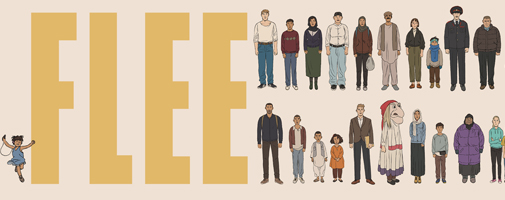
Flee (Jonas Poher Rasmussen, Denmark)
NEON. December 3rd. 90 minutes
This interview documentary, channeled through evocative animation, concerns a gay Afghan who is trying to make peace with his nomadic and painful past before marrying his Danish boyfriend. It's an essential movie for both queer and straight audiences, both immigrant and never-left-home audiences, which is to say for everyone. It's range of emotion is gorgeously broad from a winking Jean-Claude Van Damme poster on a child's bedroom wall, to calm but melancholy thoughtfulness in modern Danish apartments, to the rush of blurry partially blocked memories of trauma from a life of hiding and struggle as a young gay refugee. Double Feature Suggestion: the documentary Welcome to Chechnya (2020) would make a great companion piece both thematically (LGBTQ refugee stories) and in regards to form and function (animation/visual fx used for huminatarian purposes).
And now we reach the top ten favourite 'mementos' aka movies of 2021 and the memorable objects we associate with them.
2021 TOP TEN LIST
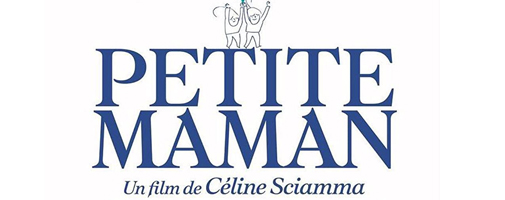
10 Petite Maman (Celine Sciamma, France)
NEON. Qualifying Only. 72 minutes
The hut in the woods, a triangular outdoor treehouse of sorts, is not particularly noteworthy. It's the communion that takes place there. Nelly, an only child, has just lost her grandmother and now her mother is ill. She seeks out the hut she's heard of from stories of her mother's childhood home and there she meets her near-spitting image, Marion. The two become fast friends playing in the pretend house together. Whether Nelly returns home alone or with Marion, or accompanies Marion to her home, the visual path, the home arrived at, is the same, the camera repeating the arrival as if on loop. Petite Maman speaks with economy and profundity, in delicate miniature, through two little girls locked in conversation and play, to the very notion of home and of the spiritual bonds between parents and children, and stories and traits passed down through generations.
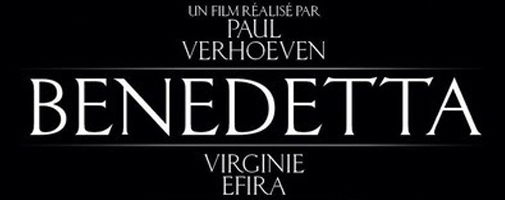
09. Benedetta (Paul Verhoeven, France/The Netherlands)
IFC Films. December 3rd. 131 minutes
Too much has already been made of the dildo in Benedetta. It took up more than its fair share of ink in reviews of Paul Verhoeven's latest provocation. His first film since Elle (2016) centers around a wild-eyed self-possessed nun (Virginia Efira) in the 17th century who has religious and erotic visions. Consider her a direct descendant of Vanessa Redgrave's pious hunchback in The Devils (1971) both horny for Jesus (and others) and not to be trusted. The dildo, carved from a miniature Virgin Mary and then hidden in a Bible (as if to double and triple-down on the blasphemy) is too easy an object to point to as the film's avatar. Instead, for your consideration, note the larger statue of Mary, one breast uncovered to feed her holy baby, in the prologue. The statue, dislodged from its crumbling ledge on the wall, nearly crushes Benedetta as a child (Elena Plonka). The little girl, knocked flat on her back and not missing a beat, merely begins suckling no questions asked. She's all impulse no control; horny for Jesus and Mary. And that's not even the first laugh in this feverishly funny and angry movie about religious hypocrisy, deadly pandemics, and power struggles.

08 Barb and Star Go To Vista Del Mar (Josh Greenbaum, US)
Lionsgate. February 12th. 107 minutes
One running gag in Barb and Star Go To Vista Del Mar, has our chatterbox heroines running by tourist stands on the beach and always being distracted by sea shell memorabilia (the first purchase being uncomfortably sharp bracelets). No matter the life or death urgency of the situation they will stop to coo and marvel at the trinkets. What's even funnier is that there's no rush; there are sea shells everywhere, they're in town for a whole week, and even their beds (perfectly placed and paired to mirror their bedroom back home in Nebraska) have giant sea shell headboards. Barb and Star, cowritten by its leading ladies, is supremely silly and so unusually well crafted by its director (Josh Greenbaum, what a debut) and craftsmen, that it's probably almost as funny with the sound turned off.
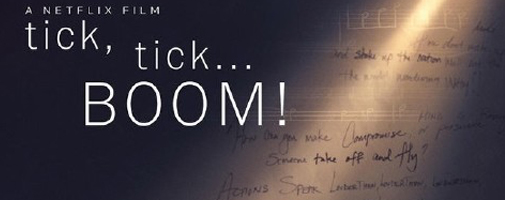
07 tick, tick... BOOM! (Lin-Manuel Miranda, US)
Netflix. November 12th. 121 minutes
Who left a piano out to face the the elements in the open air Delacorte Theater in Central Park? In a emotional breakthrough late in this musical Jonathan Larson (Andrew Garfield) pulls off the piano's cover, and belts out the plaintive "Why?" while thinking about his best friend Michael's AIDS diagnosis. A few tears are fine but the piano is not going to survive the torrential downpour that begins, as if on cue, to join Jonathan's sobbing.
Cut to: Larson at Michael's door, soaking wet. We can't be sure but we suspect he has not re-covered the piano but run immediately to his friend's apartment. He's like that, Larson, recklessly using, discarding, repurposing, and running to and away from anything for his art (much like the film's own collage-like mix and match approach to making ART from tick tick BOOM!'s messy origin story). The piano, like Larson, will thus have a short life. Picture this grand piano pulling a Cassie playing itself to sleep with a sad tinkly version of "What I Did For Love?" until its wood swells and warps and rots. Leave it all on the stage, including your life.
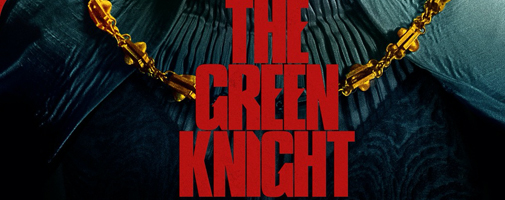
06 The Green Knight (David Lowery, US)
A24. July 30th. 130 minutes
The crown that lays so visibly heavy on the head of the royals in David Lowery's dream/nightmare take on an Arthurian legend, and later on Sir Gawain himself, says a lot. Even more when its aflame. Still, as accessories go, it's hard not to obsess most over the woven "girdle" (aka belt) tied so tightly around Gawain (Dev Patel) on his dangerous journey to confront the headless Green Knight one Christmas. The belt, gifted and bespelled by Gawain's mysterious mother, will protect him from harm which he'll need lest he be beheaded himself. Like everything that falls on Gawain, his title, his duties, his sword, his crown, he can't meet the responsibility of it. The belt falls quickly to more immediate desires than longterm survival. The sight of the soiled belt, is one of the film's most shocking images, if less magical than mundane. This 'little death' surely portends a larger one.
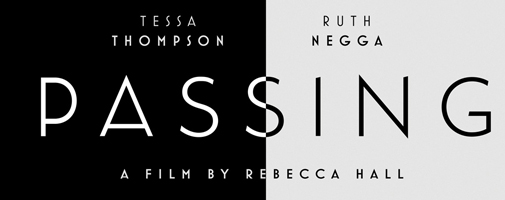
05 Passing (Rebecca Hall, US)
Netflix. October 27th. 99 minutes
The black and white visuals of Passing are, as we've mentioned, of exquisite and thematic beauty. So is Irene's (Tess Thompson) translucent hat. She's self-conscious as she enters a blindingly lit hotel restaurant in a white neighborhood in the story's inciting scene, her large white hat obstructing a clear view of her beauty. Her expressive dark eyes, peering up from the hat's rim are a stunning image in both contrast and an example of hiding in plain sight. But, more creatively in Rebecca Hall's rich debut behind the camera, is what Reenie sees from under the large hit is also obscured, as the images are in and out of focus and we see only pieces of the room, and then a woman, obscured by a man but hatless -- a platinum blonde 'do her only disguise. 'Is that? No. Could that be her old school friend Clare?' In a recent interview the great cinematographer Edu Grau talked to us about this scene with its elusive images and tight framing. "It's a factor we played with, making it very face-centric. We wanted the feeling of a beehive. The characters in their own little bubble and they sort of go around and around in this little box and that's their world. But then another character comes and shakes it up. Maybe the world is not this but something else."

04. In the Heights (Jon M Chu, US)
Warner Bros. June 10th. 143 minutes
Daydreaming is a constant in In the Heights. It's evident in the earliest memorable shot, our hero Usnavi (Anthony Ramos) reflected in his shop window as he watches a crowd dance outside. It stays constant throughout with multiple "I want" numbers in a musical that's less a story, than a mosaic of dreamers. The daydreaming gets universal and specific in the year's best musical setpiece (and there were lots to choose from in this rare year of multiple musicals!) "$96,000". In the thrilling baton-pass number the cast takes turns dreaming about winning the lottery when they learn that someone in the neighborhood has a winning ticket. The joy of watching a movie musical actually understand the musical form is thrill enough to make this number memorable. But the song and sequence excel at the act of dreaming itself, and how that's both universal and ultra specific and personality driven. That lottery ticket will reemerge in the narrative but that's less important than what it represents: the act of dreaming. Your chances of winning the lottery, just like your chances of seeing this many great movie musicals in one year again, are... not good... but there's joy in the dream itself.
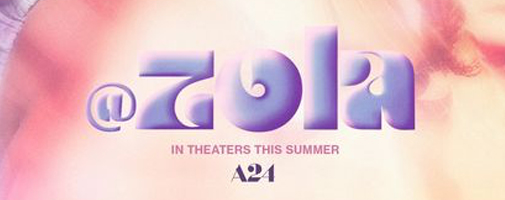
03. Zola (Janicza Bravo, US)
A24. June 30th. 90 minutes
If you'll allow a digression from our physical object as movie personification, consider a sound, objectified. The long-defunct twitter chirp (not unlikely a tiny catcall whistle), which once accompanied tweets in the social media app's early days, is all over Zola, the best American film of 2021. The chirp pops up at perfect and inopportune times alike to remind us of both the journey's origin story (a viral tweet thread) and to underline the you-are-there immediacy and insanity in fleeting miniature. Zola (Taylour Paige) and especially Stefani (Riley Keough), two strippers on a dangerous road trip to Florida, aren't deep thinkers but the film is far from empty-headed. The always surprising, restless, hilarious, and unsettling screenplay by director Bravo and Tony-nominated playwright Jeremy O'Harris (Slave Play) is matched perfectly by the inventive soundscape, those twitter chirps, partying with Mica Levi's trilling, odd, whimsically avante garde score.
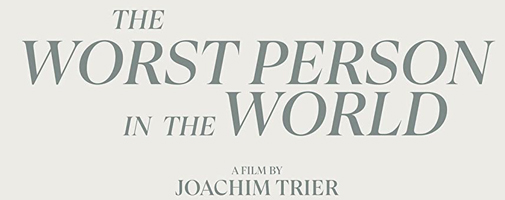
02 The Worst Person in the World (Joachim Trier, Norway)
NEON. Qualifying Only. 121 minutes
"The coffee cup. I think about you" Joachim Trier's fifth narrative feature, and his greatest (the highest compliment, trust), is bursting with ideas and invention. The film is full of feelings about shifting identity, ageing as change, the ephemerality of romance, and the joy and agony of indecision. It's as 'in its head' as its endearing / maddening protagonist Julie (Reinate Reinsve). It comes as a shock in the last act, then, to be confronted by a eulogy from her ex-boyfriend Aksel (Anders Danielsen Lie) for the analog past, for things that are not just physical but permanently fixed. For Julie, the defining object is not any of the things that Aksel loves (comics, records, books) but surely that coffee cup. It's not just that Julie is restless as if permanently caffeinated. Note that she isn't even holding the cup in the film's centerpiece sequence but merely looking at it. As Aksel pours her coffee, her mind is already racing elsewhere... straight to Eivind (Herbert Nordrum) a local barista.
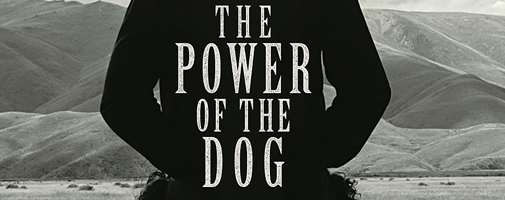
01 Power of the Dog (Jane Campion, Australia/New Zealand/UK/US)
Netflix. November 17th. 126 minutes
I chose objects to frame this top ten list, knowing that Jane Campion's instant classic would top it. Her films have always been absorbingly tactile and The Power of the Dog takes that element of her filmography and foregrounds it. This is a movie that begs to be touched in every frame, each character taking turns stroking and poking at things, some much more gingerly than others. The characters first collide in a minor skirmish over paper flowers young Peter has hand-made and placed on a dining table, and Phil promptly pokes suggestively with his dirty fingers before setting one aflame. Later Bronco Henry's saddle becomes the film's most prized possession, as pristinely polished and publicly showcased as the crafts and filmmaking of The Power of the Dog itself. Henry's physique magazines, though, are private mementos; hidden in a private place and manhandled with no thought as to preservation, but for repetition and carnal pleasure. On third viewing (the movie improves with each revisit!) the most moving object is the pair of gloves that Rose clings too so nakedly, their tender softness a shocking comfort. They're what she might have first seen or even found in her new husband George before losing her way. Her refusal to remove them, even in bed, is as pitiful and moving as Phil's only gentle moment, alone in the woods, dragging Bronco Henry's scarf slowly across his lonely skin. Finally there's the rope that Phil makes for Peter, the ultimate new fetish object. The rancher is perpetually pulling and tightening it, like he's Jane Campion braiding all the riveting plot threads together. But who will this rope bind in its vice grip?

And yes this means the annual Film Bitch Awards have begun. All pages in progress